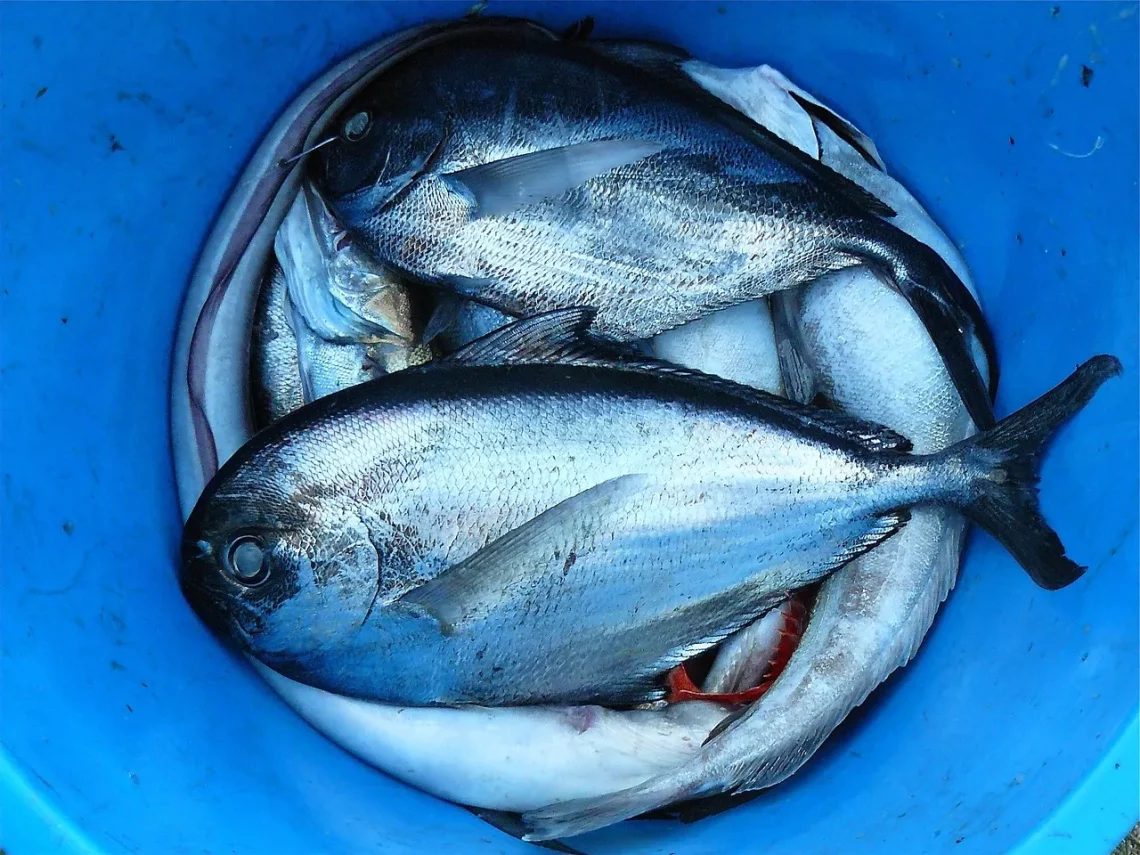
Exploring the Unique Flavors of Brittany Fish Cuisine
Brittany, a region in northwestern France, boasts a rich history, stunning landscapes, and a vibrant culture that is beautifully reflected in its culinary traditions. Among the many facets of Breton cuisine, fish dishes hold a special place, showcasing the region’s proximity to the Atlantic Ocean. The waters surrounding Brittany are teeming with a diverse array of fish and seafood, making it a paradise for food lovers who appreciate the taste of the sea.
The unique flavors of Brittany fish cuisine are not just about the freshness of the ingredients; they also embody centuries of tradition and local knowledge passed down through generations. From fishing techniques to cooking methods, the ways in which seafood is prepared and enjoyed in Brittany reveal a deep respect for nature and the bounty it provides. The coastal towns and villages are alive with bustling fish markets, where local fishermen bring in their daily catch, ensuring that only the freshest ingredients make their way into the kitchens.
The culinary landscape of Brittany is characterized by its simplicity and authenticity. Chefs often rely on traditional recipes that highlight the natural flavors of the fish, using herbs, spices, and local produce to enhance rather than overpower. As we delve deeper into the distinct aspects of Brittany’s fish dishes, we will uncover the secrets behind their unique flavors, the cooking techniques that define them, and the cultural significance that accompanies each bite.
The Rich Diversity of Brittany’s Seafood
Brittany is home to an impressive variety of seafood, thanks to its extensive coastline and rich marine ecosystems. The region’s waters offer an abundance of fish species, including cod, sole, haddock, and mackerel, as well as shellfish like oysters, mussels, and scallops. Each type of seafood brings its own set of flavors and textures, allowing chefs to create a wide range of dishes that cater to different palates.
The diversity of fish available in Brittany is not just a matter of quantity; it also reflects the region’s rich fishing heritage. Traditional fishing practices, such as net fishing and line fishing, have been passed down through generations, ensuring sustainable harvesting of the ocean’s resources. Local fishermen often practice catch-and-release techniques for certain species, helping to maintain the balance of marine life.
In Brittany, seafood is not merely an ingredient; it is a way of life. The region celebrates its fishing culture through various festivals and events, where locals and visitors alike can indulge in freshly prepared fish dishes. These festivities showcase not only the culinary aspects but also the communal spirit that surrounds food in Brittany. Whether enjoying a simple dish of grilled sardines or a more elaborate seafood platter, every meal tells a story of the sea and the people who depend on it.
The commitment to using fresh, local fish is evident in the kitchens of Brittany. Many restaurants source their ingredients directly from nearby fish markets, ensuring that diners savor the freshest flavors possible. This farm-to-table approach not only supports local fishermen but also enhances the culinary experience, as the fish is prepared and served in the same region where it was caught.
Traditional Cooking Techniques
The preparation of fish in Brittany is often characterized by traditional cooking methods that emphasize simplicity and respect for the ingredients. One of the most popular techniques is grilling, which allows the natural flavors of the fish to shine through. Grilled fish is often seasoned with local herbs, such as thyme and rosemary, and served with a drizzle of olive oil or a squeeze of lemon to enhance its taste.
Another hallmark of Breton fish cuisine is the use of stews and broths. Dishes like “cotriade,” a traditional Breton fish stew, showcase a medley of different fish, potatoes, and vegetables, all simmered together to create a hearty and flavorful meal. The slow cooking process allows the flavors to meld beautifully, resulting in a dish that is both comforting and delicious.
Brittany is also known for its seafood casseroles, which often include a variety of shellfish baked with cream, cheese, and breadcrumbs. This method not only adds richness to the dish but also highlights the sweetness of the seafood. The use of local dairy products, such as butter and cream, further enhances the flavors, making these casseroles a beloved staple in many Breton households.
Moreover, smoking is a traditional technique used to preserve fish and impart a unique flavor. Smoked mackerel or herring can be found in local markets, offering a taste that is both savory and distinctive. These smoked delicacies are often enjoyed on their own or incorporated into salads and spreads, showcasing the versatility of Brittany’s seafood.
The Influence of Local Ingredients
In Brittany, the connection between fish and local ingredients is paramount. The region’s fertile land produces a variety of vegetables, herbs, and grains that complement the flavors of the ocean. Seasonal produce, such as leeks, carrots, and fennel, is often incorporated into fish dishes, adding freshness and vibrancy.
Herbs play a significant role in enhancing the taste of fish in Brittany. The use of fresh herbs like parsley, chives, and dill provides a fragrant touch that elevates the dish. Chefs often create herb-infused sauces or marinades to accompany grilled or baked fish, adding depth to the overall flavor profile.
Another key component of Breton cuisine is the use of local butter, which is renowned for its rich flavor. Butter is often used in cooking fish, whether for basting during grilling or as a finishing touch in sauces. The combination of fresh fish and high-quality butter exemplifies the philosophy of letting the ingredients speak for themselves while adding just a hint of indulgence.
Additionally, Brittany’s coastline is dotted with salt marshes, producing unique sea salts that enhance the taste of seafood dishes. These artisan salts bring a burst of flavor and texture, making them a favorite among chefs and home cooks alike. The use of local salt not only adds a distinctive taste but also reflects the region’s maritime heritage.
Cultural Significance of Fish in Brittany
The significance of fish in Brittany extends beyond mere sustenance; it is deeply woven into the cultural fabric of the region. Fishing has been a way of life for generations, shaping the social and economic landscape of coastal communities. Local fishermen are often regarded as custodians of the sea, and their knowledge of sustainable practices is passed down through families, ensuring the preservation of marine resources.
Food plays a central role in Breton celebrations and gatherings, where fish dishes often take center stage. Festivals celebrating the sea, such as the “Fête de la Mer,” highlight the importance of fish in local culture. During these events, visitors can sample a variety of traditional fish dishes, participate in cooking demonstrations, and learn about the region’s fishing heritage.
Moreover, fish cuisine in Brittany is often associated with hospitality and sharing. Meals are seen as an opportunity to bring people together, fostering connections and camaraderie. The act of preparing and enjoying seafood reflects a sense of community and pride in local traditions.
In addition to its cultural significance, fish in Brittany is also tied to the region’s identity. The flavors and techniques used in fish dishes tell a story of the land and the sea, representing the unique characteristics of Brittany. As visitors explore the culinary landscape, they are not just tasting food; they are experiencing the essence of a region that cherishes its maritime heritage.
In conclusion, the unique flavors of Brittany fish cuisine offer a delightful exploration of the region’s rich culinary traditions. From the diverse seafood available to the traditional cooking techniques and the influence of local ingredients, each aspect contributes to a vibrant tapestry of flavors. The cultural significance of fish in Brittany further enhances the experience, creating a connection between the food, the land, and the people who call this beautiful region home.
This article is for informational purposes only and does not constitute medical advice. Always consult with a healthcare professional for any health concerns or conditions.




